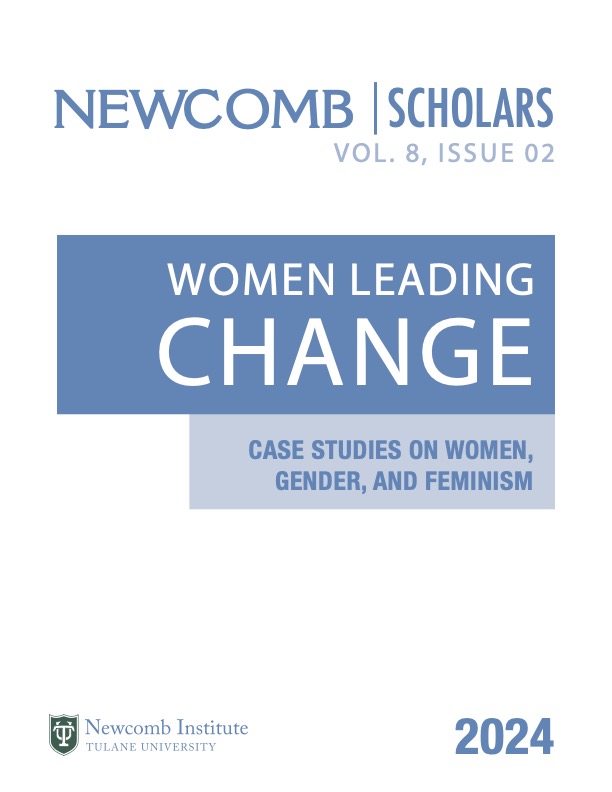The Sleevegate Controversy: The Impact of Title VII’s “Because of Sex” Clause on Dress
Abstract
The 1964 Civil Rights Act introduced Title VII to combat workplace discrimination, including that based on sex. Title VII's intricate history particularly affects employee attire in the workplace. Beyond functionality, clothing holds historical and cultural significance. Dress codes affect domains like Congress, where colors and symbols sway political outcomes. Notably, workplace dress codes have perpetuated conventional heterosexual norms, reflecting the amalgamation of societal norms that dictate “acceptable” attire. Uncomfortable dress codes pose a dilemma for employees—risking termination or sacrificing self-expression. However, legal trends are progressively shifting to safeguard diverse identities. In this context, the response of legislators, employers, and the public is crucial for addressing identity expression, a deeplyingrained and divisive issue. The addition of “sex” to Title VII brought unforeseen legal complexities that no one could have anticipated, but the question remains: how will these stakeholders address diversifying personal expression in the workplace and where does it fall under the legal jurisdiction?
Downloads
Downloads
Published
Issue
Section
License
Copyright (c) 2024 Women Leading Change: Case Studies on Women, Gender, and Feminism

This work is licensed under a Creative Commons Attribution-NonCommercial-ShareAlike 4.0 International License.
Newcomb College Institute of Undergraduate Researchis an open-access journal, so articles will be released under a Attribution-ShareAlike 3.0 Unported (CC BY-SA 3.0).

